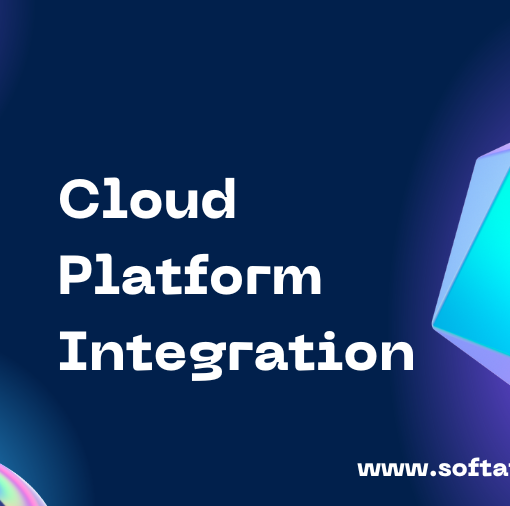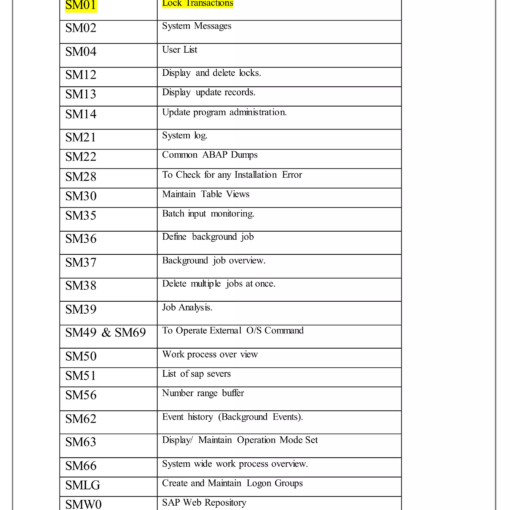Mastering Infosys privacy by design assessment answers

In the ever-evolving landscape of data privacy, Infosys champions the Privacy by Design (PbD) approach, ensuring data protection is embedded throughout the software development lifecycle (SDLC). As a result, individuals seeking to collaborate with Infosys on projects involving personal data often encounter Infosys Privacy by Design (PbD) assessments. This blog equips you with Infosys privacy by design assessment answers and strategies to confidently tackle these assessments and showcase your commitment to responsible data handling.
How to Apply for a Job at Infosys?
Demystifying Infosys privacy by design assessment answers Process: Understanding the PbD Assessment
The Infosys PbD assessment typically comprises a series of questions designed to evaluate your understanding and implementation of PbD principles. These questions can delve into various aspects, including:
- Data minimization: Do you collect only the minimum data necessary for the intended purpose?
- Data purpose limitation: Do you clearly define and document the purpose for data collection and processing?
- Data security: Have you implemented appropriate security measures to protect personal data from unauthorized access, disclosure, alteration, or destruction?
- Data subject rights: Do you facilitate individuals’ rights to access, rectify, or erase their personal data?
- Privacy impact assessments (PIAs): Do you conduct PIAs to identify and mitigate privacy risks associated with your project?
- Transparency and accountability: Do you maintain clear and transparent data handling practices with appropriate accountability mechanisms?
Effective Strategies for Conquering the Assessment:
- Grasping PbD Principles: Thoroughly understand the seven PbD principles outlined by the European Union’s General Data Protection Regulation (GDPR) and how they translate into practical actions within your project context.
- Demonstrate Implementation: Don’t just list the principles; showcase how you’ve implemented them in your past projects or propose concrete strategies for your current project. Provide specific examples, processes, or tools you utilize to uphold PbD principles.
- Collaboration is Key: If you’re part of a team, emphasize collaborative efforts in managing and protecting personal data. Highlight roles and responsibilities within the team for data privacy compliance.
- Embrace Continuous Learning: Demonstrate your commitment to staying updated with evolving privacy regulations and industry best practices. Highlighting your participation in relevant training or certifications can be beneficial.
- Communication is Paramount: Clearly communicate your approach to data handling and privacy protection in a concise and well-structured manner. Ensure your responses are tailored to the specific project and its data privacy requirements.
Additional Tips for Success:
- Conduct a self-assessment: Before attempting the official Infosys assessment, evaluate your project and team’s adherence to PbD principles and identify any potential areas for improvement.
- Seek internal guidance: Consult with colleagues or privacy experts within your organization to gain insights and practical recommendations.
- Leverage external resources: Utilize online resources and industry knowledge bases to deepen your understanding of PbD implementation and best practices.
Conclusion:
By understanding the PbD assessment process, incorporating effective strategies, and demonstrating your commitment to responsible data handling, you can confidently navigate Infosys PbD assessments and collaborate effectively with Infosys on projects involving personal data. Remember, PbD is not just a compliance requirement but a valuable approach for building trust and ensuring ethical data practices.
You may be interested in:
Streamlining Business Operations: A Guide to SAP Inventory Management
SAP Risk Management: Navigating Business Challenges with Confidence




